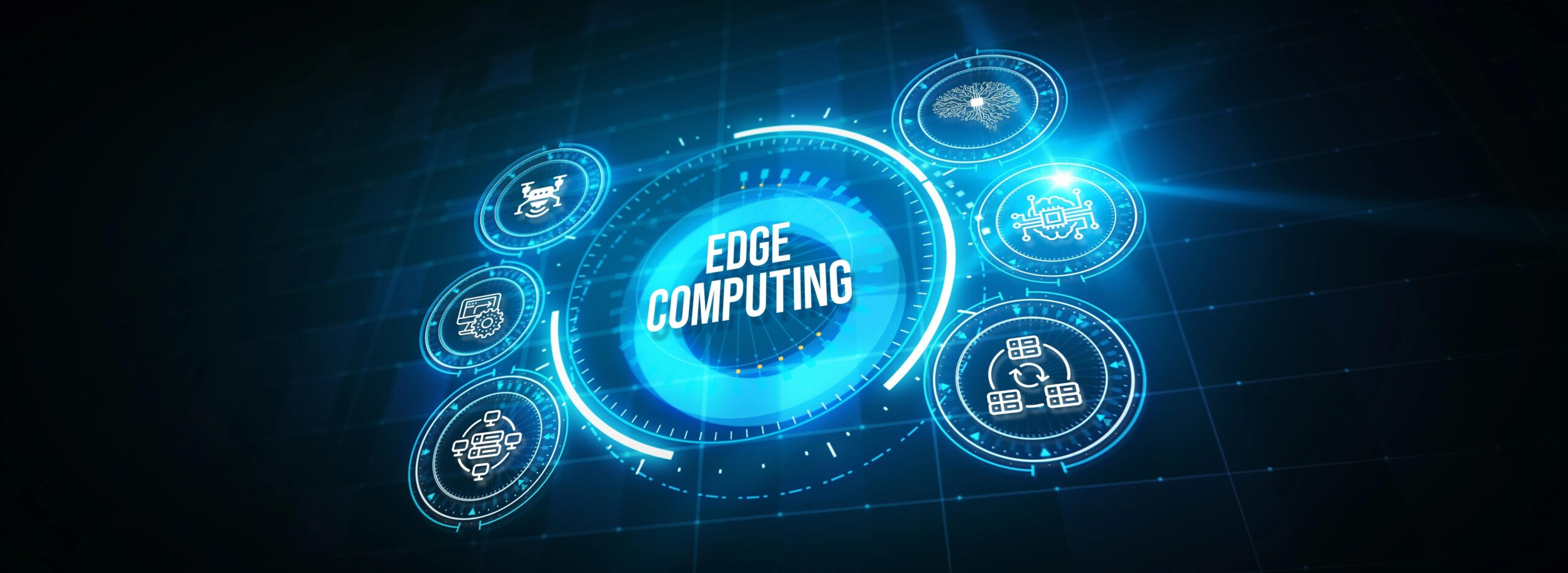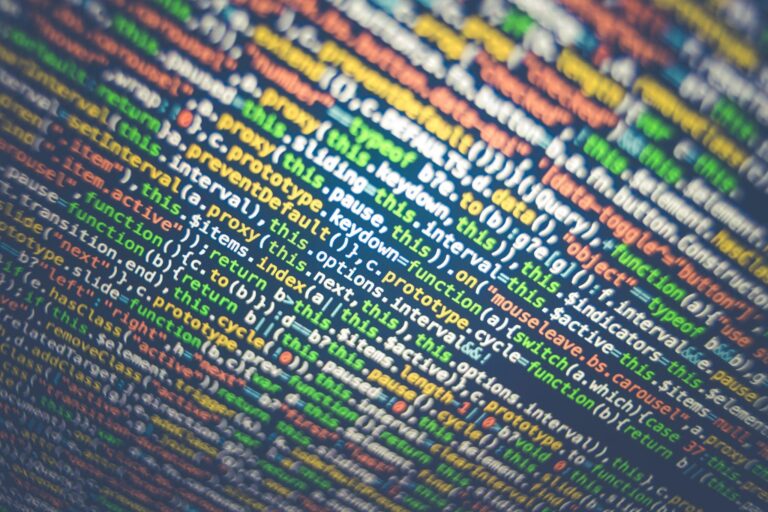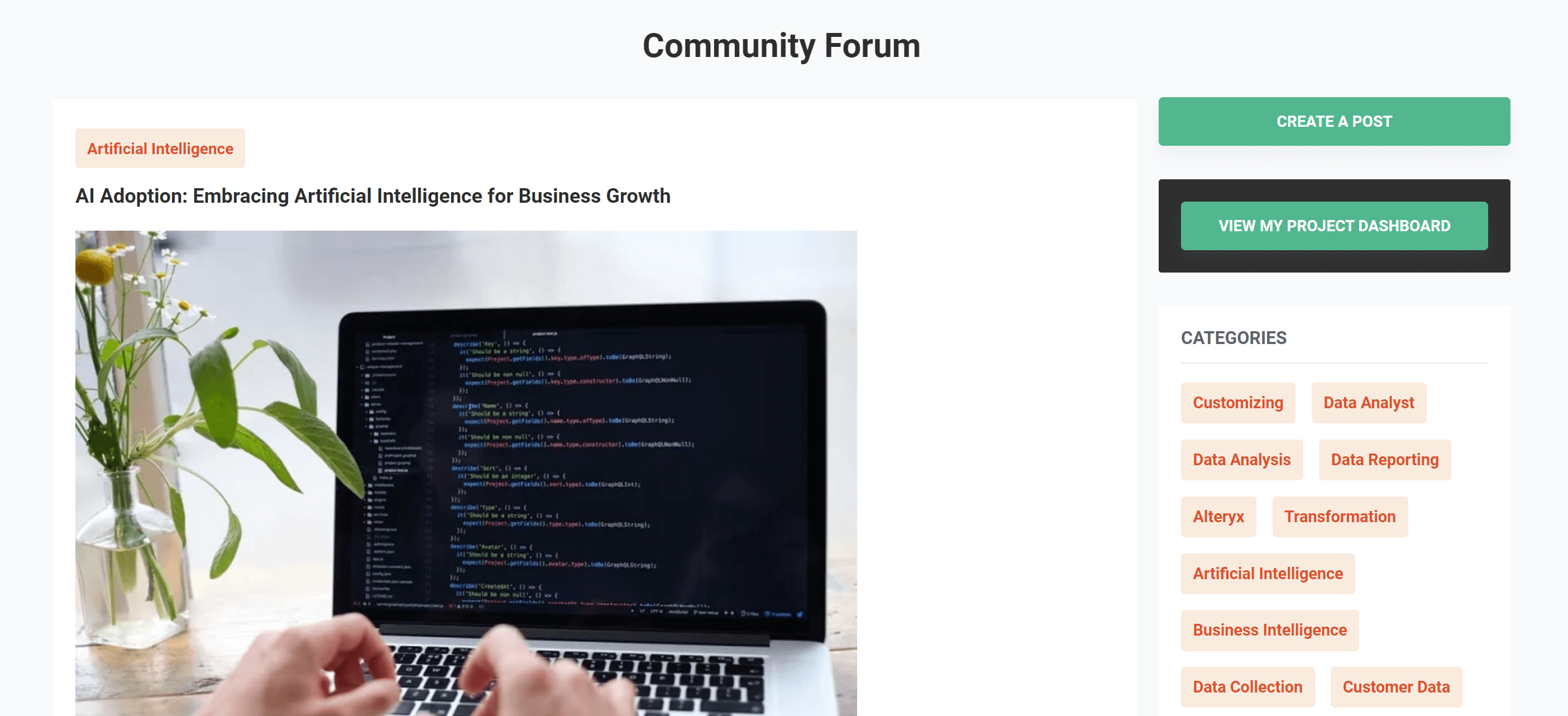The Role of Edge Computing and IoT in Data Science Freelancing

Table of content
1. What is Edge Computing in IoT: Data Science Freelancing
2. Cloud Computing vs. Edge Computing
3. How Freelancers Use Edge Computing to Improve Data Science Projects
4. Benefits of Edge Computing
5. Using IoT Data for Predictive Analytics in Freelance Projects
6. Conclusion
What is Edge Computing in IoT : Data Science Freelancing
Edge computing in the context of the Internet of Things (IoT) refers to a distributed computing model where data processing occurs closer to the source of data generation rather than relying on centralized data centers. This approach is particularly important in IoT environments, where numerous devices continuously produce vast amounts of data. By processing data locally—on the “edge” of the network—edge computing reduces latency, optimizes bandwidth, and enhances the overall performance of IoT applications.
How Edge Computing Helps in Data Science Freelancing
For data science freelancers, edge computing offers several key advantages:
1. Real-Time Analytics
Edge computing enables freelancers to implement real-time data analysis solutions. By analyzing data locally, freelancers can provide clients with immediate insights and responses, which is crucial for applications like predictive maintenance and real-time monitoring.
2. Reduced Data Handling Costs
Since edge computing minimizes the amount of data sent to the cloud, freelancers can help organizations save on data transmission costs. This efficiency allows freelancers to create more cost-effective data processing strategies for their clients.
3. Scalability of Solutions
As IoT devices proliferate, edge computing provides scalable solutions that freelancers can leverage to meet growing data demands. They can design systems that can easily integrate additional edge nodes to enhance processing capabilities without overwhelming central systems.
4. Enhanced Security Measures
Freelancers can implement data processing solutions that prioritize security by keeping sensitive data on local devices. This localized approach helps reduce the risk of data breaches and ensures compliance with privacy regulations.
5. Opportunities for Innovative Solutions
The integration of edge computing in IoT opens new avenues for data scientists to develop innovative applications and services. Freelancers can specialize in creating machine learning models and data analysis tools specifically designed for edge environments, catering to niche markets and diverse industries.
Cloud computing vs. edge computing
When comparing edge computing to cloud computing, one of the main distinctions is that edge devices process data locally, while cloud computing can face latency issues due to data needing to travel to centralized servers. This difference can be crucial for IoT devices, especially when performing precise and time-sensitive tasks.
With edge computing, IoT applications can function securely, privately, and cost-effectively without worrying about network overloads or data breaches. This approach provides the necessary redundancy and resilience for operations. Because the processing is distributed, if an issue arises, the system can continue to operate without interruption while the problematic component is resolved. This stands in contrast to traditional centralized processing methods.
It’s important to note that edge computing and cloud analysis aren’t mutually exclusive; they often work together. For example, edge computing can handle real-time data processing while also selecting certain data to be gradually uploaded to the cloud for deeper, more complex analysis.
How Freelancers Use Edge Computing to Improve Data Science Projects
In recent years, the rise of edge computing has revolutionized the way data is processed and analyzed. For freelancers engaged in data science projects, this technology presents significant advantages, enabling them to enhance their workflow, deliver better results, and respond more quickly to client needs. Here are some ways freelancers are leveraging edge computing to optimize their data science projects.
1. Reduced Latency and Faster Data Processing
Edge computing allows data to be processed closer to where it is generated, reducing latency significantly. For data scientists, this means that insights can be gleaned in real time, which is particularly beneficial for projects that require immediate decision-making, such as real-time analytics in IoT applications. By minimizing the delay in data transmission to the cloud, freelancers can provide clients with quicker results, making their services more competitive.
2. Enhanced Data Privacy and Security
With increasing concerns about data privacy and compliance, edge computing enables freelancers to process sensitive information locally instead of sending it to centralized cloud servers. This local processing helps to mitigate the risk of data breaches and ensures that sensitive information remains secure. Freelancers can leverage this advantage to build trust with clients, particularly in industries like finance, healthcare, and e-commerce, where data security is paramount.
3. Efficient Resource Management
Edge computing can optimize resource utilization by reducing the bandwidth needed for data transmission. Freelancers can process and analyze large datasets on edge devices, resulting in lower operational costs and efficient use of resources. This capability is particularly advantageous for freelancers working on projects with budget constraints, allowing them to deliver high-quality work without incurring excessive costs.
4. Improved Scalability
Freelancers can leverage edge computing to scale their data science projects more effectively. With edge devices capable of handling data processing and analytics, freelancers can take on more complex projects without the need for significant investments in cloud infrastructure. This scalability allows them to expand their service offerings, cater to more clients, and handle larger datasets, ultimately increasing their revenue potential.
5. Real-time Collaboration and Insights
Edge computing facilitates real-time collaboration among freelancers and their clients. By processing data at the edge, freelancers can share insights and results immediately, enabling collaborative decision-making. This immediacy not only enhances the client experience but also allows freelancers to make iterative improvements based on real-time feedback, ultimately leading to better project outcomes.
6. Seamless Integration with AI and Machine Learning
Freelancers can combine edge computing with AI and machine learning algorithms to enhance their data analysis capabilities. By deploying machine learning models on edge devices, they can process data more efficiently and derive actionable insights. This integration enables freelancers to tackle complex projects that require advanced analytics, such as predictive modeling and anomaly detection, giving them a competitive edge in the market.
Benefits of Edge Computing
1. Boosts Performance
Hosting applications and data on centralized platforms can lead to latency issues for users accessing them over the internet. When there are internet connectivity challenges, the process of retrieving data from these data centers can slow down significantly. Edge computing addresses this concern by storing data closer to the end-users, allowing for quicker access.
With edge computing, businesses can mitigate speed and connectivity problems, as data can be retrieved from the edge devices rather than from a distant centralized data center. This reduction in the distance data must travel keeps applications optimized for better performance and enhances the overall user experience.
2. Enhances Privacy Protections and Data Security
Data security and privacy are critical concerns in the IT landscape. Edge computing offers improved data security and privacy by processing information at the edge instead of relying on central servers.
While edge devices are not completely immune to vulnerabilities, they typically handle less data overall, making them less attractive targets for hackers. In scenarios where data hosted on centralized servers is compromised, a wealth of information about individuals and events can be exposed. In contrast, edge computing processes only the necessary data at a given moment, reducing the risk of privacy breaches during a potential hack.
3. Reduces Operational Costs
Transferring data across cloud hosting services can be a significant expense for businesses. The higher the volume of data moved through centralized providers, the more costs accumulate.
Edge computing helps organizations lower operational expenses by minimizing the need for data transfers to the cloud. Additionally, because data is processed at its point of origin, the required bandwidth to manage the data load is also reduced.
4. Helps in Meeting Regulatory and Compliance Requirements
Navigating regulatory and compliance standards can be challenging when data is spread across various data centers or hosting providers, as each facility may have distinct privacy and compliance mandates.
In contrast, edge computing simplifies compliance by ensuring that data is generated, stored, and processed in a single location, making it easier to adhere to regulatory requirements.
5. Enhances Reliability and Resiliency
Edge computing maintains data accessibility and processing capabilities even amid poor internet connectivity. Furthermore, if one edge device fails, the operations of other devices in the ecosystem remain unaffected, enhancing the reliability of the entire connected system.
6. Supports AI/ML Applications
The growing importance of artificial intelligence (AI) and machine learning (ML) in contemporary computing is undeniable. However, AI and ML applications rely on processing vast amounts of data, which can encounter latency and connectivity problems when stored on centralized servers.
Edge computing facilitates AI and ML applications by processing data close to its source, allowing these technologies to achieve faster and more efficient results.
Using IoT Data for Predictive Analytics in Freelance Projects
In today’s tech-savvy world, the Internet of Things (IoT) is more than just a buzzword—it’s a game changer for freelancers. Imagine being able to tap into a treasure trove of data from smart devices, sensors, and other connected technologies to enhance your projects. That’s the magic of IoT data and predictive analytics, and it’s here to help you deliver exceptional results.
1. What’s the Deal with IoT Data?
IoT devices are everywhere, from fitness trackers to smart thermostats. They collect a ton of data about user behavior, environmental conditions, and even equipment performance. For freelancers, this means having access to insights that were once difficult to gather. By understanding where this data comes from and how it relates to your work, you can start to see some exciting opportunities.
2. Why Predictive Analytics Matters
- Better Decision-Making: With predictive analytics, you can look at past trends to make smarter choices. Instead of relying on guesswork, you’ll have data to back up your decisions, which can be a huge confidence booster.
- Smoother Project Planning: IoT data can help you anticipate challenges before they arise. Let’s say you’re working on a construction project; real-time data about weather conditions can help you plan your tasks more effectively, keeping everything on track.
- Happy Clients: Providing data-driven insights shows your clients that you’re not just getting the job done—you’re elevating it. This kind of foresight can lead to deeper client relationships and repeat business.
3. How to Get Started with IoT Data
- Find the Right IoT Devices: Start by identifying which devices will provide the most valuable data for your specific project. Whether it’s sensors for environmental data or smart devices for user behavior, make sure they align with your objectives.
- Gather and Analyze Data: Collect the data using various tools or software that make analysis easier. There are plenty of platforms out there that can help you process this information, so you don’t have to go it alone.
- Create Predictive Models: Once you have your data, you can build models that help predict future trends. This might sound complex, but with the right tools and a bit of practice, you can develop insights that will make a real difference.
Real-World Scenarios
- Smart Home Projects: If you’re involved in smart home automation, you can analyze data from connected devices to tailor solutions that meet user preferences. This personalized touch can set you apart from the competition.
- Healthcare Initiatives: In the health sector, freelancers can use data from wearables to predict patient health trends, allowing for proactive care that’s tailored to individual needs.
Conclusion :
Integrating edge computing and IoT data into data science freelancing marks a significant shift in project execution. By processing data closer to its source, freelancers can achieve reduced latency, enhanced security, and greater scalability, enabling real-time analytics that improve decision-making and strengthen client relationships.
As the demand for data-driven solutions grows, freelancers skilled in edge computing and IoT are increasingly sought after. Embracing these technologies positions freelancers at the forefront of data science, allowing them to deliver high-quality, tailored solutions.
For those interested in data science freelancing opportunities, PangaeaX offers a variety of projects that align with these trends, providing an excellent platform to advance your freelance career.
Get your data results fast and accelerate your business performance with the insights you need today.



